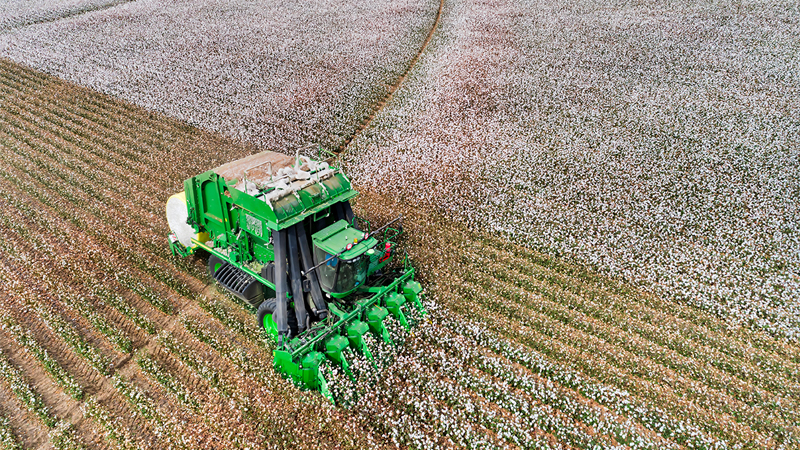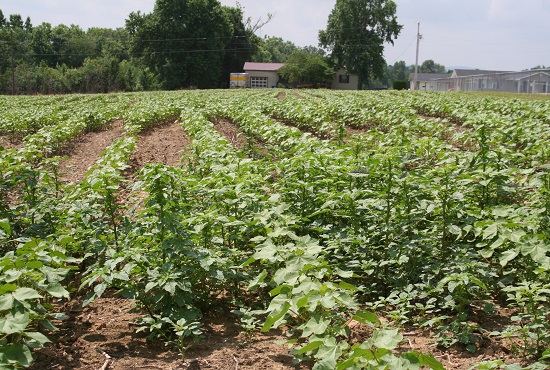Indonesian Spinners Stay Strong
With much of its equipment aging, especially in the spinning sector, Indonesian textile machineries are in pressing need of rejuvenation. However, due to many local and global factors, deciding to invest in machinery replacement proves to be more difficult than ever.
The Dilemma
In the cut-throat yarn business, obtaining the minimum production costs is crucial to maintain competitiveness in the market. Indonesian spinners have always been proud users of spinning equipments from the world’s leading manufacturers. However, most mill owners are now faced with the dilemma of rejuvenating their machineries amidst uncertain market conditions.
As observed by many, yarn prices have been hit hard in recent weeks due to heavy competition and slow global uptake. With a continuous global economy slow down, mills have to employ aggressive marketing strategies to maintain a certain market share, such as by giving heavy discounts. Lately it seems that yarn prices can drop up to $10 to $15 in the space of just four days.
Locally, many mills are wary over market demand for yarn and its high price. In Muslim oriented countries such as Indonesia, we are seeing dramatic slow downs in production due to Muslims’ one month fasting period. Traditionally, the market will bounce back to normal conditions after the Muslim New Year. However this year it is rumored that the uptake of cotton yarn and fabric will remain subdued.
Adding to the problem is the continued power rationing by the National Electric Company that causes mills to shorten their production time by one day each week. These problems have created a paradox. On one hand, they escalate the need for newer machinery to boost production efficiency and save energy, and yet at the same time, they make it risky for mills to invest in machinery replacement.
For those mills that have decided to invest in rejuvenation, other dilemmas arise. The Indonesian Rupiah has yet to gain its strength since its economic crisis in the late 1990s. This makes importing new well-known machineries quite unaffordable to most mills. In addition, due to specific demands of good quality from the local weavers and knitters, as well as the desire to keep their reputation as good quality yarns producers, Indonesian spinners have always considered using European or Japanese machineries first. In recent times, however, cheaper alternatives from China or India have shown significant quality improvement. Though the spinners often complained that these machines are not as good or as durable as leading European equipment, the Chinese and Indian equipment still get the job done. While some spinners decide to change to cheaper equipments, some are adamant that only European machines are able to produce the quality of yarn needed to compete with the global demand. These spinners often choose to refurbish their current machineries instead of purchasing new and expensive equipment.
In the recent textile machinery expo in China, Indonesian mill owners found another alarming fact for Indonesian mills, or Southeast Asian mills at large. Many leading European manufacturers have started a joint venture with local Chinese textile machine manufacturers to make their machines more affordable to spinners. The products are sold at a huge discount to the Chinese mills. Unfortunately, these machines are to be sold only in China. With this unfair advantage available to Chinese mills, many Indonesian mill owners worry that it will be even harder to stay competitive in the near future.
On the other hand, these dilemmas are not shared by the weaving and knitting industry which still continues to push for cutting edge technologies. However, it must be noted that renewing weaving and knitting equipment is much cheaper than rejuvenating spinning equipments. In addition, it is more pressing for textile mills to use current technology as demand for fabric quality gets increasingly stricter and more sophisticated.
The Push Factor
Despite all the uncertainties discussed, there are factors that propel Indonesian mills to push for rejuvenation.
Although the mills are hit hard by the global economic slow down, the huge local market continues to provide much needed comfort. With over 235 million people, Indonesian mills will continue to have a decent local market. In addition, the ever-increasing fuel prices prompt many textile mills to purchase their yarn locally.
Indonesia’s regional advantage is further enhanced by the financial difficulties seen in Vietnam, as well as political unrest in Thailand. Importers of yarns or textile in these countries shift their demand to the more steady mills of Indonesia.
In fact, Indonesia may be the best performing textile country in Southeast Asia in recent months. Prominent Indonesian spinners also informed us that they should continue to see blue figures in their income statements this year.
Last but not least, as repeatedly promised, there is still a glimmer of hope that the Indonesian government will allocate some of the national budget to assist local spinners in their machine regeneration programs.
With the aforementioned strong push factors, we believe that Indonesian spinners will slowly replace their machineries. Top spinners with strong financial standing will lead this program by purchasing new machineries. The smaller mills will then regenerate their machineries by purchasing the not-so-old machineries from these big spinners while refurbishing their old machines. After all, in the current global economy and very volatile market conditions, one has to act wisely and with caution.
Photo:
Nicky Ken








